1. Mount Rushmore, South Dakota
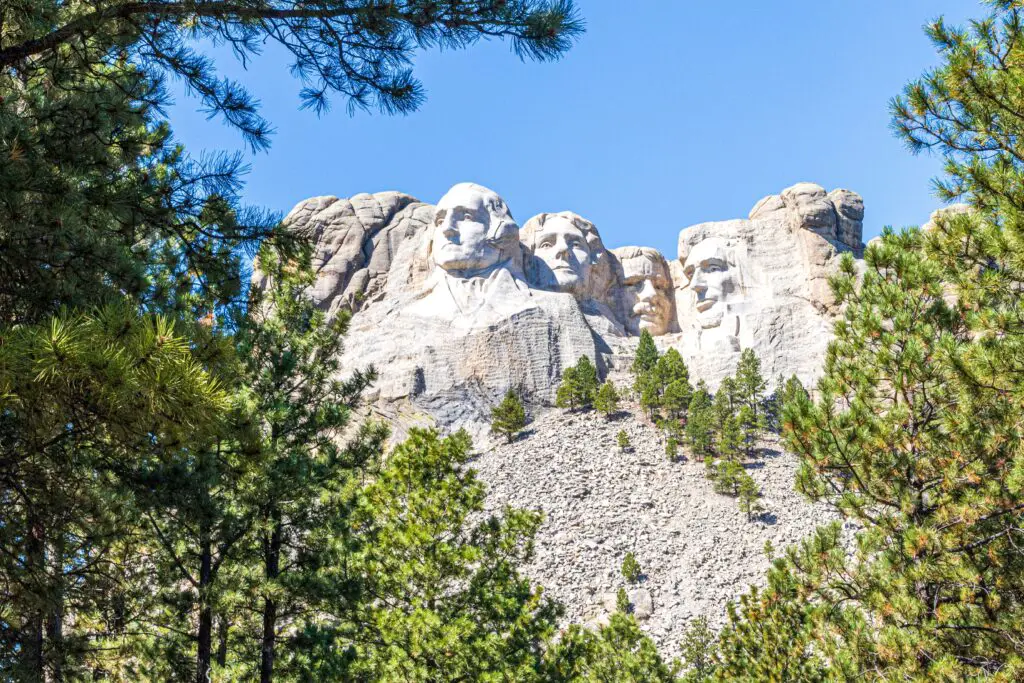
Mount Rushmore is one of the most iconic American landmarks, but what often gets left out of the souvenir brochures is that the monument was carved into land that originally belonged to the Lakota Sioux. The Black Hills were promised to them in the Treaty of Fort Laramie, but that agreement was tossed aside when gold was discovered says Wikipedia.
The faces of four presidents, some of whom had direct roles in policies that harmed Indigenous people, now loom over sacred ground. Adding to the controversy, the sculptor, Gutzon Borglum, had ties to the Ku Klux Klan. It’s not the kind of detail most tour guides highlight, but it paints a much more complicated picture of this granite monument adds National Park Service.
2. The White House, Washington, D.C.

Visitors love snapping selfies outside the White House, but few stop to consider who actually built it. Enslaved African Americans were forced to help construct the president’s residence, a fact that only started to get mainstream attention in recent years shares Britannica.
For years, this chapter of the White House’s history was glossed over or ignored entirely. Even some early renovation projects continued to rely on enslaved labor. It’s a striking reminder that some of the country’s proudest symbols were built on the backs of people who had no freedom of their own says History.com.
3. Alcatraz Island, California
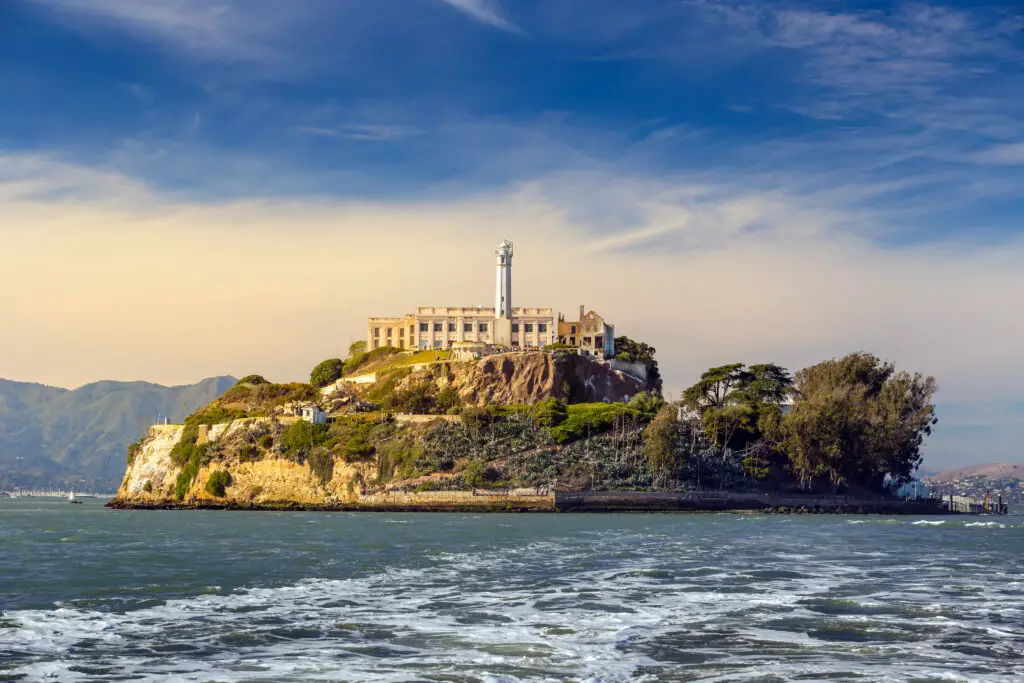
Alcatraz is marketed as a spooky, tourist-friendly former prison, complete with stories about Al Capone and daring escapes. But what’s often left out is the long history of Indigenous resistance tied to the island. In 1969, a group of Native American activists occupied Alcatraz for 19 months, claiming it as Indian land.
Their protest brought attention to federal policies that had devastated Native communities for decades. It was a bold move that reignited Indigenous activism across the country. Today, you might hear a brief mention of it on the audio tour, but the focus usually stays on the prison lore.
4. Disneyland, California
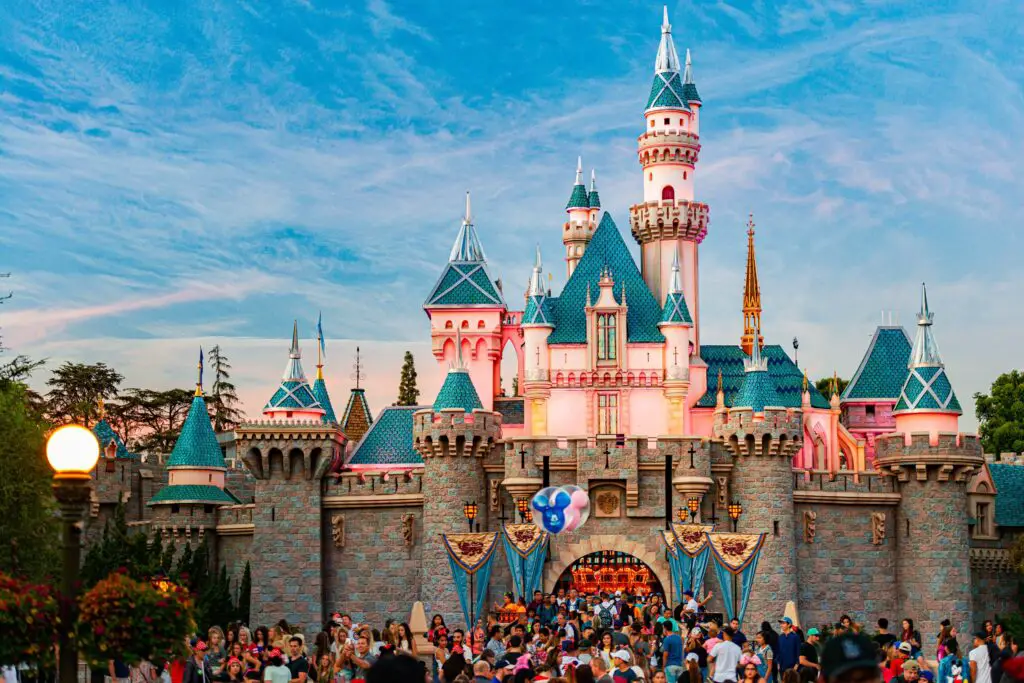
Disneyland might be “The Happiest Place on Earth,” but not everything behind the scenes is magical. When the park was being built in the 1950s, entire neighborhoods in Anaheim were bought up and torn down, displacing Mexican American families and other residents who’d lived there for generations.
The project promised progress and excitement, but it left a lot of people without homes and without a voice. And that’s not even getting into the controversial labor conditions and pay disputes that have followed the park throughout its history. Mickey doesn’t talk about that part.
5. The Statue of Liberty, New York

The Statue of Liberty is a global symbol of freedom, but its history is more tangled than most people realize. For starters, it was originally meant to celebrate the end of slavery in the United States, not immigration. Early versions of the statue even featured broken shackles more prominently.
Over time, though, the statue’s meaning shifted, and its association with welcoming immigrants took over. That revised narrative left out its original message, not to mention the fact that immigration policies have often fallen far short of that ideal. It’s a beautiful symbol, but one that’s been rebranded.
6. Central Park, New York
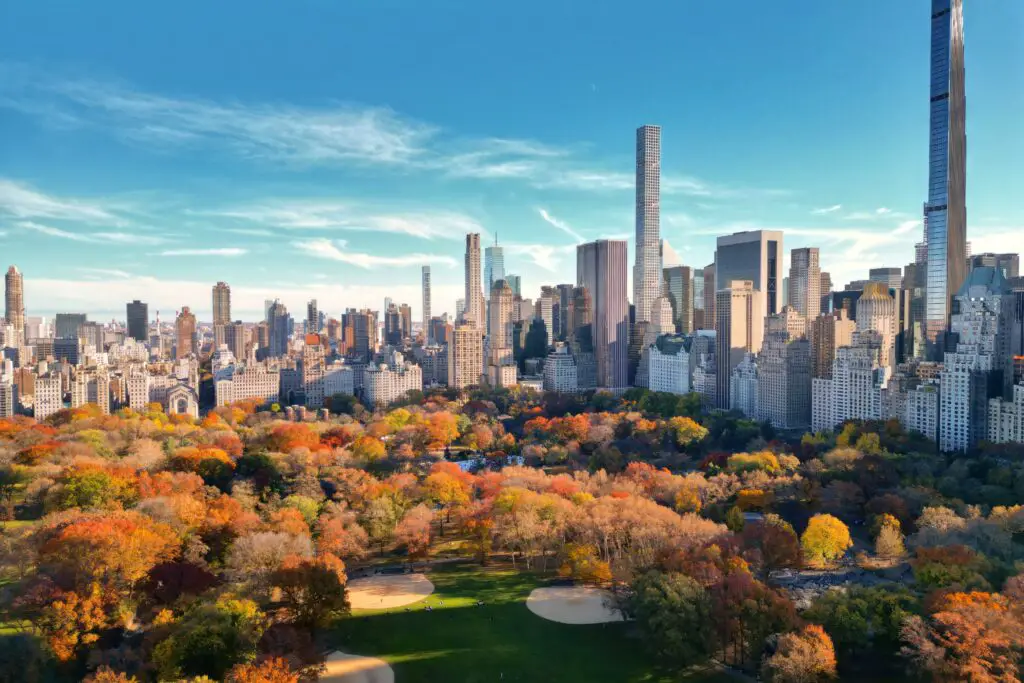
Central Park is considered a green oasis in the middle of Manhattan, but it came at a cost. Before the park was developed, the land was home to Seneca Village, a thriving Black community with churches, schools, and homes.
The city used eminent domain to clear the area in the 1850s, demolishing everything and forcing residents out. Tour guides may rave about the beauty of the Great Lawn or the Bethesda Fountain, but rarely mention the community that was erased to make way for it. It’s a buried history, quite literally.
7. Liberty Bell, Pennsylvania
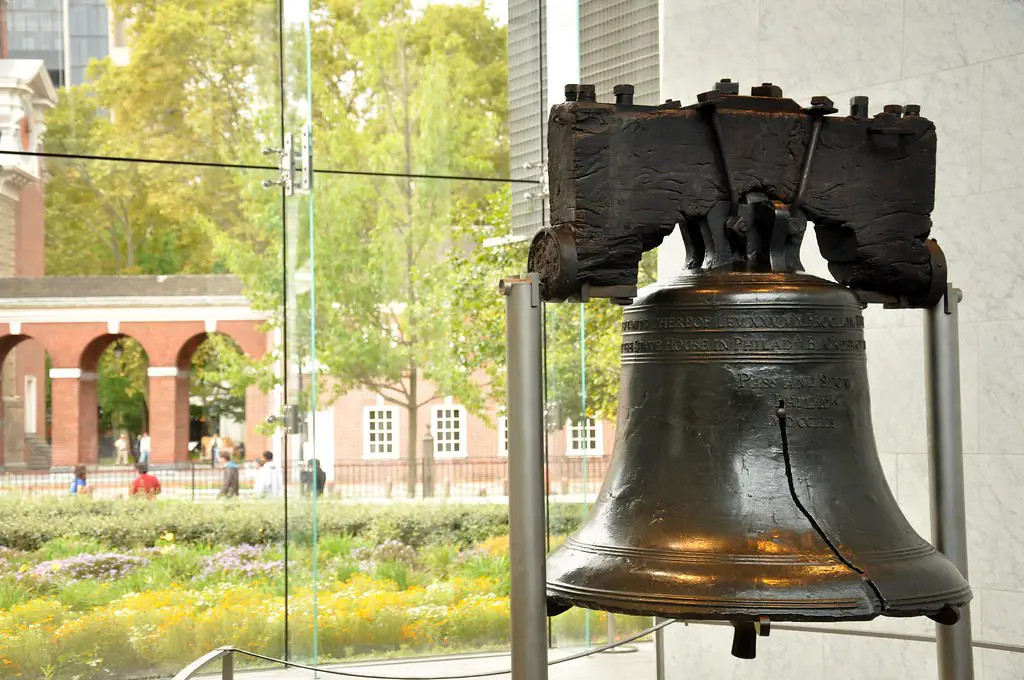
The Liberty Bell is a patriotic icon known for its message of freedom, but it’s a bit ironic considering where it stood. The bell was housed in the Pennsylvania State House, where both abolitionists and slaveholders once debated America’s future.
What really adds complexity is that nearby Independence Hall was part of a property where enslaved people once lived and worked. It’s rarely brought up during standard tours, but it adds a layer of contradiction to the symbol of liberty. Freedom was selective when the bell first rang.
8. The Gateway Arch, Missouri
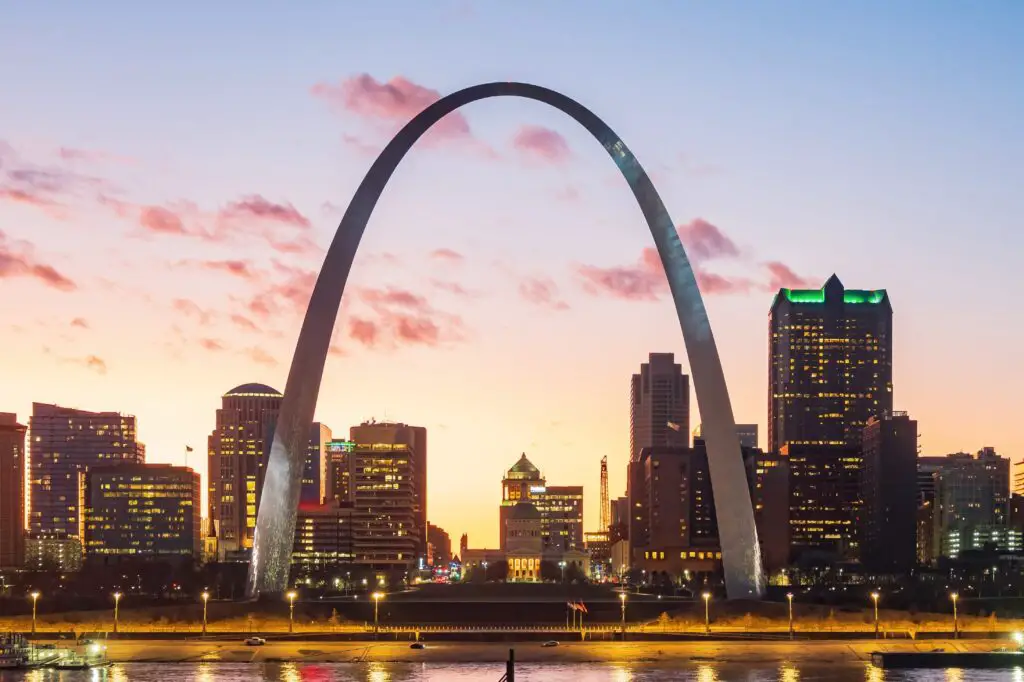
The Gateway Arch is often seen as a tribute to westward expansion, but that expansion came at the expense of Indigenous communities. Manifest Destiny might sound noble in history books, but in reality, it meant violence, displacement, and broken treaties.
The Arch sits on land where Native American tribes once lived and hunted, and its celebration of “progress” doesn’t acknowledge who that progress came at the cost of. There’s beauty in the structure, but there’s also a deep cultural wound beneath it.
9. Hollywood Sign, California
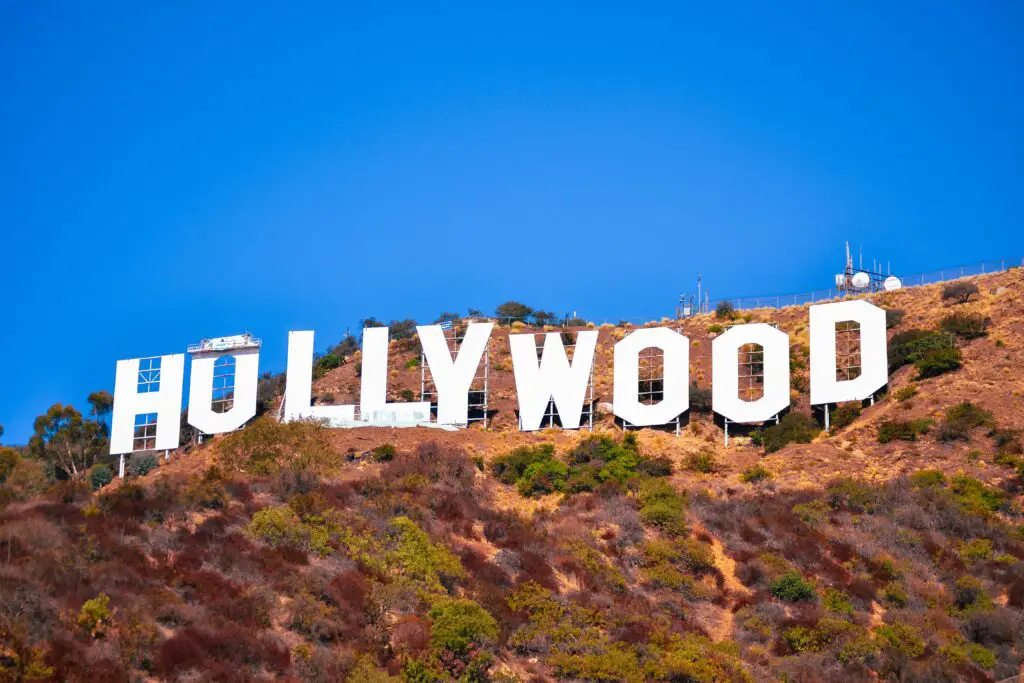
The Hollywood sign is a classic symbol of fame and glamor, but it has a darker origin. Originally spelling out “Hollywoodland,” the sign was part of a real estate marketing scheme that thrived on segregation. Many of the neighborhoods promoted under the sign enforced racially restrictive covenants.
People of color weren’t welcome to buy homes in those communities. So while the sign came to represent dreams and ambition, it was also built on a foundation of exclusion. That part of the story tends to get lost in the spotlight.
10. Fort Sumter, South Carolina
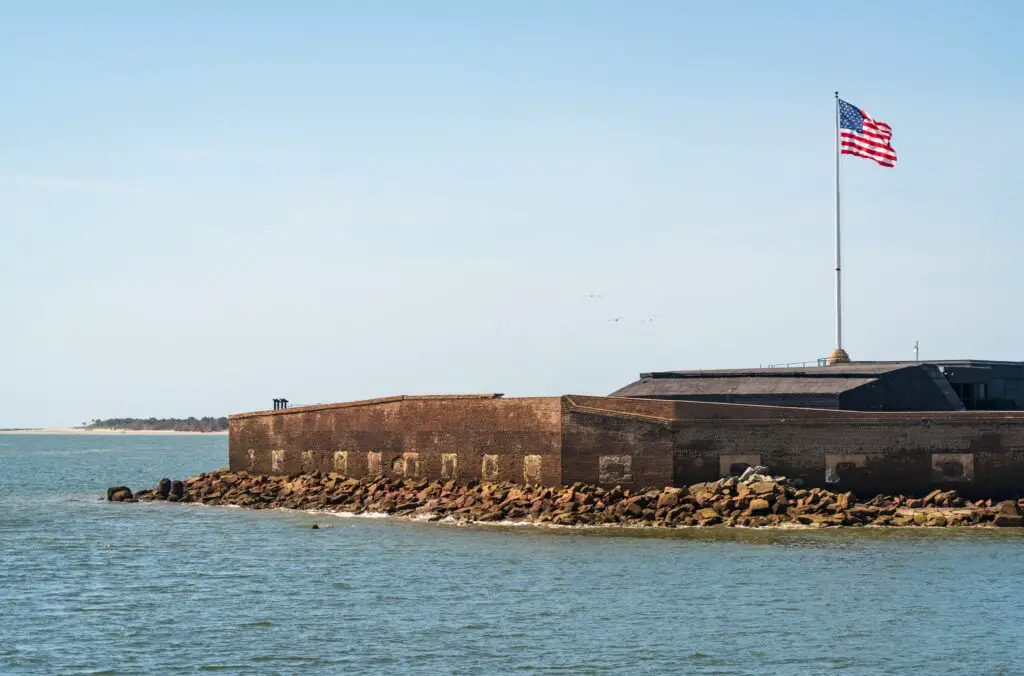
Fort Sumter is famous for being the site where the first shots of the Civil War were fired. What you don’t always hear is that the war began largely over the issue of slavery, and South Carolina was the first state to secede in order to preserve that institution.
Tours often focus on the military strategy and cannon placements, but gloss over the human cost behind the conflict. Enslaved people in the region were caught in the chaos, and their stories are rarely part of the narrative told on-site. It’s a history lesson that’s only half-taught.
11. Bunker Hill Monument, Massachusetts
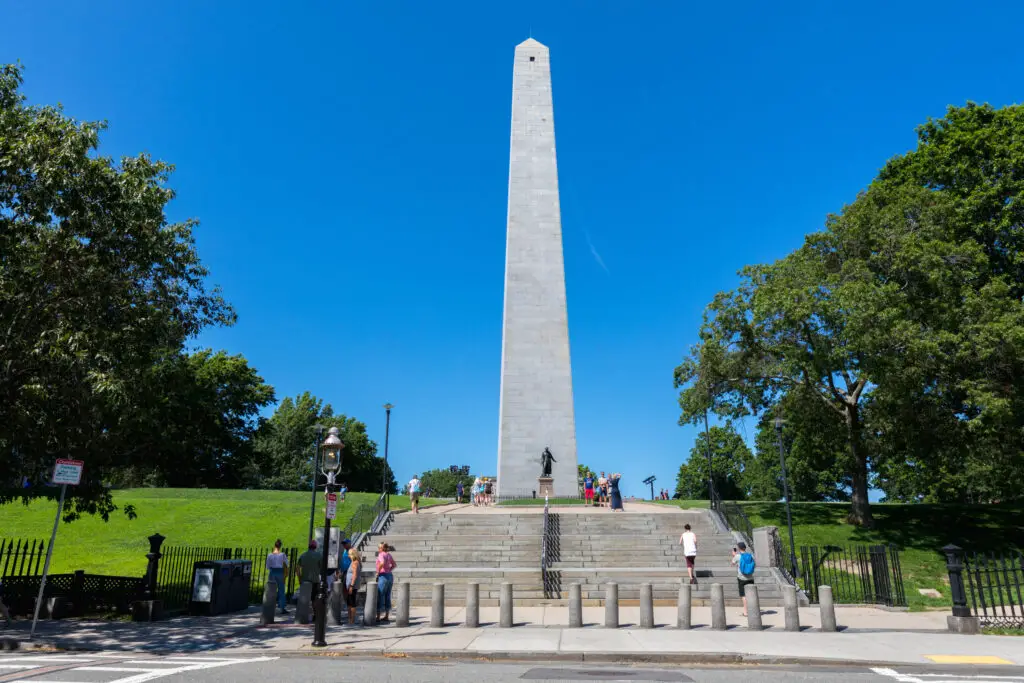
Bunker Hill is supposed to commemorate the bravery of American revolutionaries, but it overlooks another layer of history. The land the battle was fought on had earlier been seized from Indigenous tribes, who’d been pushed out through warfare and colonization.
The monument also sidesteps the fact that many enslaved and free Black men fought in the battle, only to be forgotten or erased in the years that followed. It’s a symbol of freedom for some, but a reminder of loss and exclusion for others. That context usually doesn’t make the brochure.
12. The Space Needle, Washington
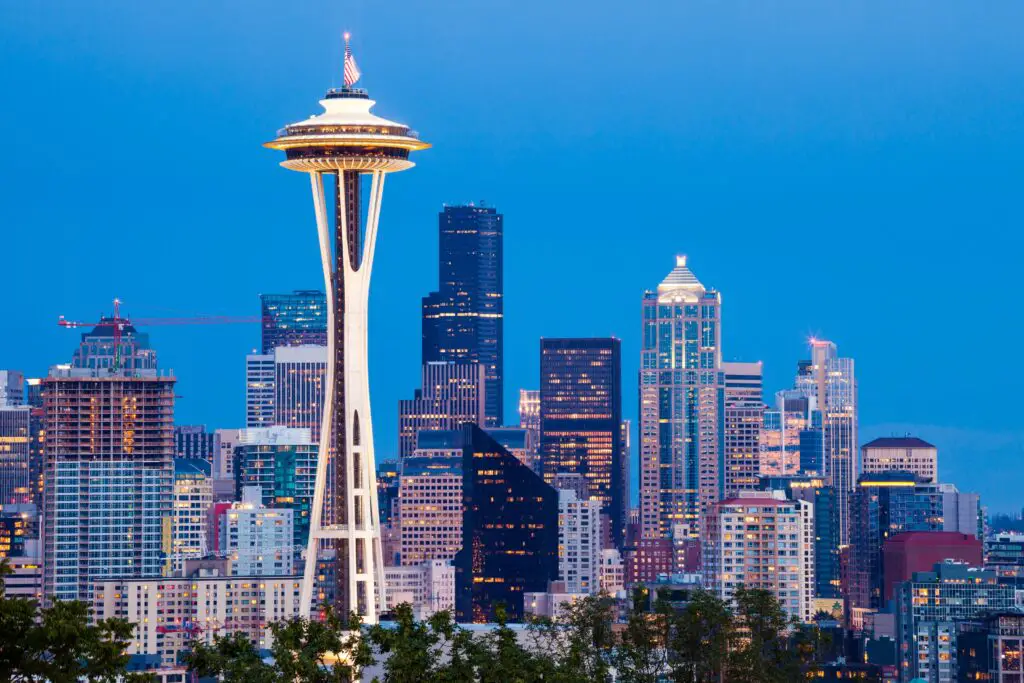
The Space Needle is a futuristic landmark tied to the 1962 World’s Fair, but the fair itself pushed aside entire communities. The area chosen for the fair was home to a mix of working-class families and artists, including many people of color, who were displaced to make way for the spectacle.
There’s also the uncomfortable truth that the fair celebrated “progress” during a time when Seattle was grappling with housing discrimination and segregation. It’s a sleek, shiny tower with a complicated foundation. Most visitors just look up, not around.
